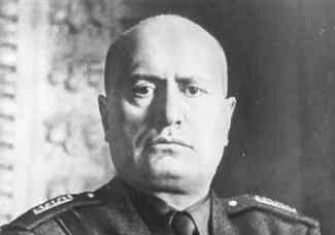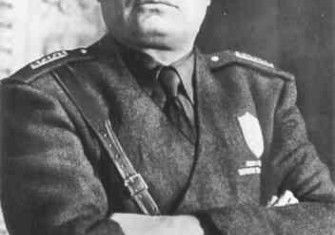K Syndrome: The Disease that Saved Lives
During the Holocaust, one Italian hospital’s invented disease helped save Jews and anti-fascists from the occupying Nazis.

Behind the closed doors of the Fatebenefratelli hospital in Rome was a ward filled with patients being treated for K Syndrome. This new and unfamiliar disease – whose name evoked Koch Syndrome (tuberculosis) – was a strong deterrent to the occupying Nazi soldiers who carried out routine searches of the hospital for Jews, partisans and anti-fascists. Fearing infection, the Nazis did not dare enter the ward, turning their attention elsewhere.
Patients in this ward had been hospitalised and classified as suffering from K Syndrome in late 1943. On 16 October of that year, the Nazis combed the Jewish ghetto and other areas of Rome, deporting about 1,200 Jews. Only 15 survived the camps. After this, the hospital’s doctors and friars welcomed ever-increasing numbers of patients. These patients were, however, refugees. K Syndrome was an invented illness.







